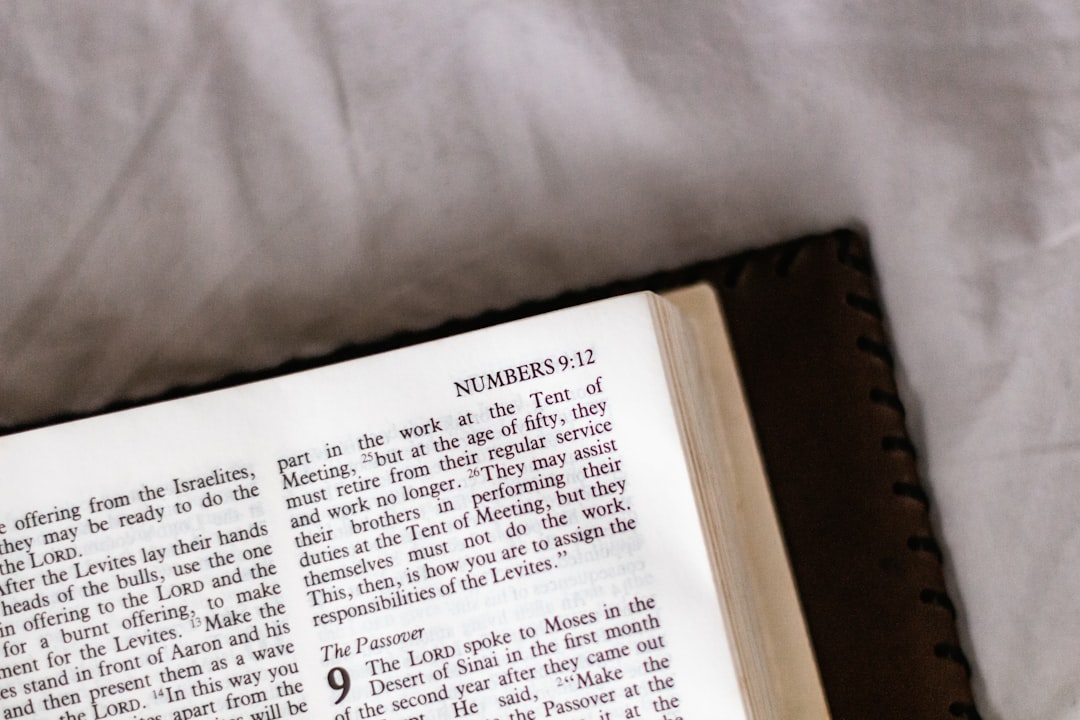Relative Primes in GMAT Properties of Numbers questions. Scary stuff!
I’m sure you’re here not for the explanation but for the video.
With that in mind, let’s keep this short:
This GMAT Properties of Numbers question itself is bit of a logical nightmare.
If you’re not really going for 700+, I’d advise just skipping it because it might be more of a mind-bend than you want to subject yourself to.
If you are determined to understand it, however, I suggest you watch the video and then watch it again. If that doesn’t work, watch it again. This is one of those “five tries” sort of questions, but you’ll get there ultimately.
First: break the function into bits. Figure out the factors of h(100).
Second: none of these factors (except 1, which is irrelevant) can be in h(100)+1.
Third: the “least prime factor,” therefore, must be greater than 50.
Fourth: perhaps it goes without saying, but 50 is greater than 40. That means answer E.
For every positive even integer n, the function h(n) is defined to be the product of all the even integers from 2 to n, inclusive. If p is the smallest prime factor of h(100) +1, then p is?
A) Between 2 and 20
B) Between 10 and 20
C) Between 20 and 30
D) Between 30 and 40
E) Greater than 40
“GMAT Properties of Numbers questions: a huge part of the test, a bigger pain in the ass.”







